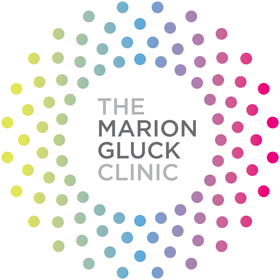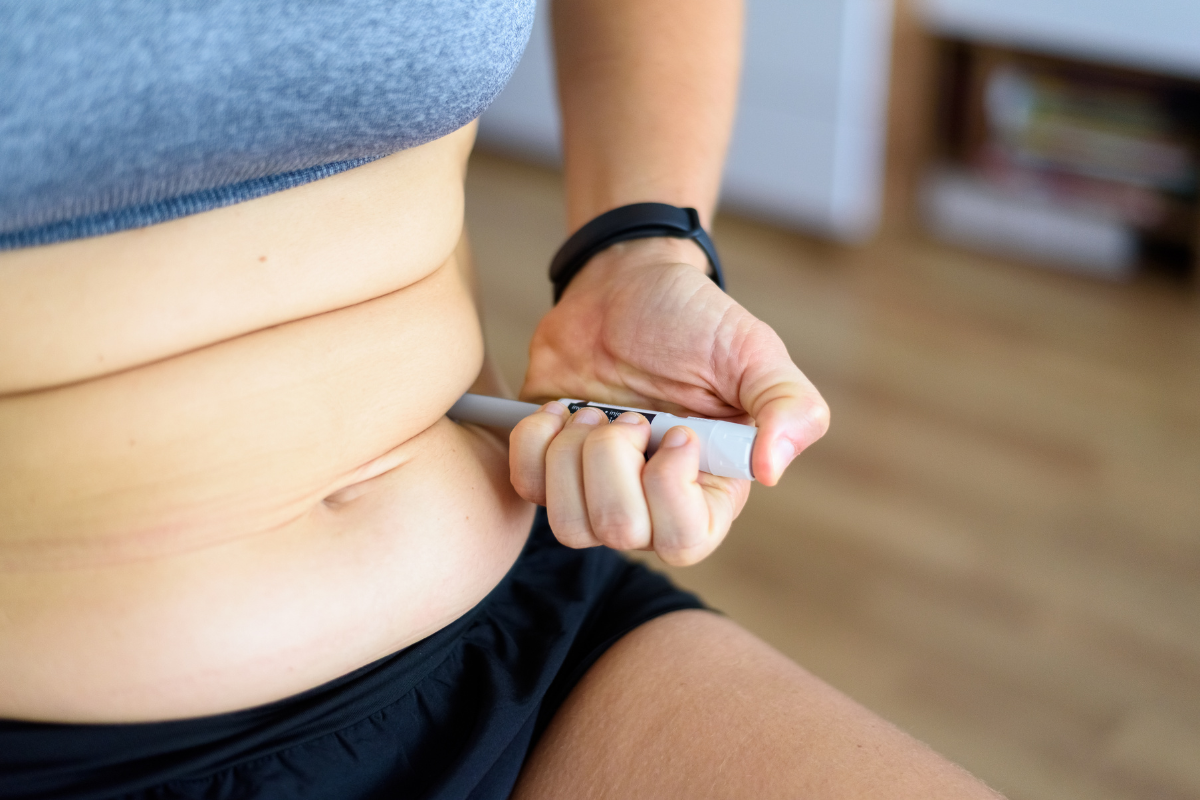
Hot flushes can be difficult to manage at the best of times, but for some, even more so during summer months or when on holiday.
Many patients cite hot flushes as the most disruptive symptom of menopause. This article looks at what causes hot flushes and methods of managing them to keep you cool.
What Causes Hot Flushes?
The exact cause of vasomotor symptoms, commonly referred to as hot flushes or night sweats, is not yet clear.
It is evident that oestrogen plays an important role in causing these symptoms. Studies have shown that up to 85% of menopausal women, who have declining levels of oestrogen, experience hot flushes, and oestrogen therapy has been shown to be effective for preventing them.
However, oestrogen levels are not the sole cause of these symptoms, since researchers have found that the level of oestrogen in menopausal women does not predict whether they will experience hot flushes or not.
In addition to the decline of oestrogen during menopause, there are other hormonal changes that take place. These changes are intrinsically linked to changes in temperature control by the hypothalamus, the internal thermostat in the brain. Several neurotransmitters that act upon the hypothalamus, including serotonin and noradrenaline, have also been identified as playing a role in the onset of hot flushes.
How Can Hormone Therapy Help?
Bioidentical oestrogen and progesterone hormone therapy can help to prevent vasomotor symptoms by re-balancing your hormone levels.
Bioidentical hormones are identical to naturally occurring hormones in your body. This means that they perfectly fit hormone receptors, and their action is the same as hormones produced by the body. This is in contrast to conventional hormone therapies which have different chemical structures to naturally occurring hormones. These therapies can trigger side effects by binding to other receptors around the body.
A further benefit of bioidentical hormone therapy (BHRT) is that the doses of hormones can be tailored. Traditional hormone replacement offers a one-size-fits all approach. However, hormone levels and symptoms differ between women, and some may experience unpleasant side effects with the high doses of hormones that these therapies provide. BHRT treatments are personal and have the potential to effectively relieve symptoms without the side effects associated with conventional treatments.
To find out more about the services provided by The Marion Gluck Clinic and how BHRT can help you, please contact us or book a consultation.
Top Tips For Managing Hot Flushes
In addition to hormonal therapy, there are other methods that you can use to manage hot flushes. We’ve listed some of our top tips for keeping cool below:
- Avoid triggers
Hot and spicy foods, caffeine and alcohol can all trigger hot flushes. Keeping a diary can help you to identify your triggers and avoid them.
- Be prepared
Small increases in your body’s core temperature can trigger hot flushes, so try to keep your environment cool, and keep a handheld fan nearby. Wear light layers so that you can remove clothing when you start to feel warm, and stay hydrated.
- Relaxation
Various studies have shown that muscle relaxation and breathing exercises can help to reduce the frequency and severity of hot flushes. Relaxing by the pool on holiday might just be the perfect time to practise these techniques.
Take Control Of Your Hormone Health. Book Your Consultation Today
If you would like to speak with one of our doctors about how bioidential HRT can help with your hot flushes, book a video consultation with the Marion Gluck Clinic today.




